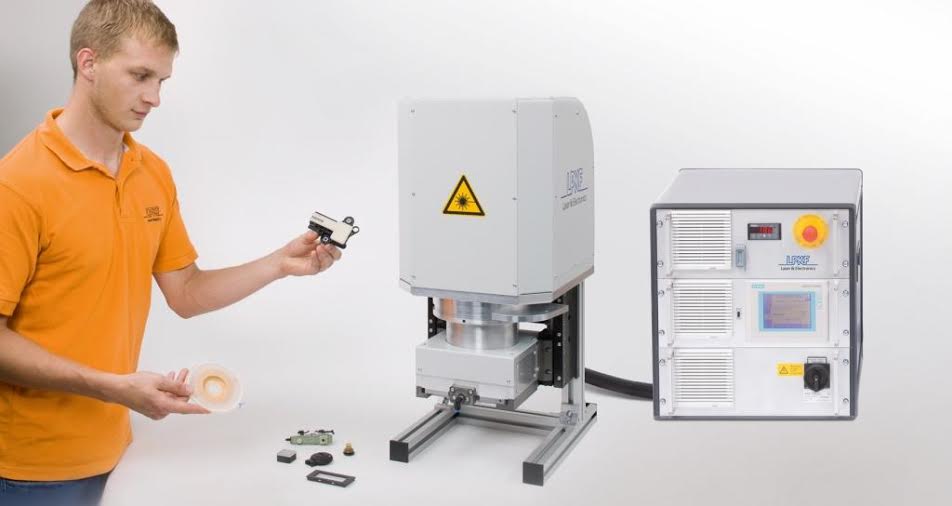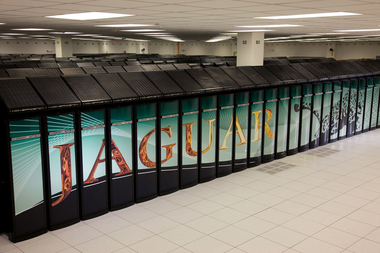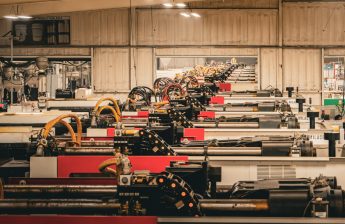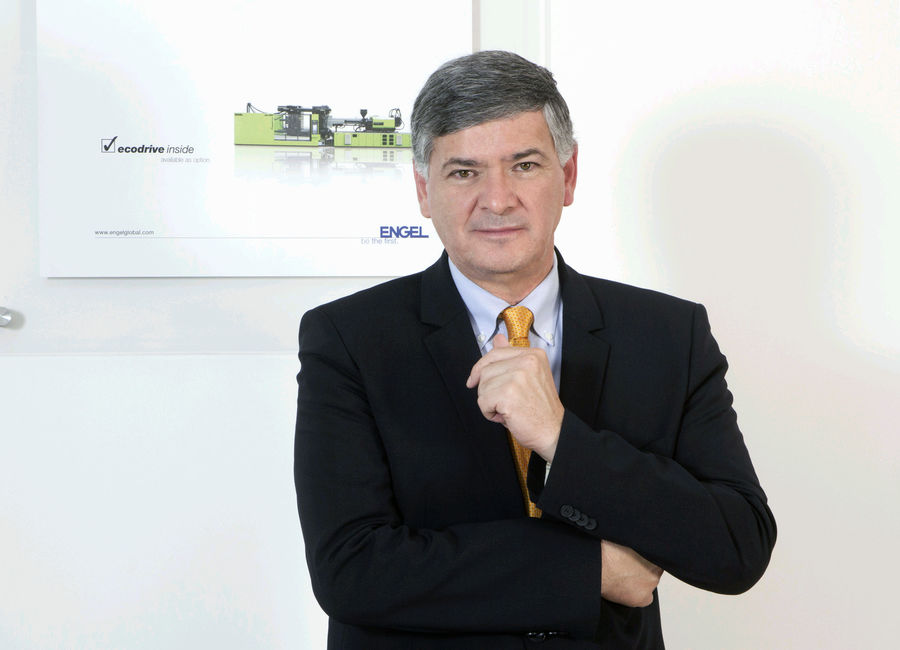A newly developed latching device maintains balance and stability and helps prevent falls for wheelchair users.
Transfer Solutions (Galesburg, IL) applied for a patent on the device, which secures a wheelchair to a fixed object like a bed, toilet, or shower during transfer.
“Until now, no product has specifically addressed the danger of falls related to wheelchair tips during transfers,” says Paul Johnson, managing partner with Transfer Solutions. The Translock features an
engineered “lock and dock” design with a pivotal arm clamp engaged through the use of a lever button, or through contact and pressure in a docking situation.
Injuries from falls in hospitals and in home-based care are a significant problem, both in terms of patient care and in the costs to treat injuries. It’s projected that $54 billion in direct and indirect expenses will be incurred globally for fall-related injuries by 2020.
Nearly 80% of the components for the Translock latching device and the accompanying wheelchair, toilet, bed, and wall attachments are injection molded of Ixef 1022 polyarylamide (PARA) from Solvay Specialty Polymers USA (Alpharetta, GA). The high-performance thermoplastic specialty nylon offers strength and rigidity and can be molded, eliminating machining and realizing a major cost reduction over competitive materials, according to Johnson.
Ixef 1022 is a 50% glass-filled PARA-based compound that combines high stiffness with an ultra-smooth finish that eliminates sharp points or edges. The tensile and flexural strength of Ixef compounds are described as comparable to many cast metals and alloys at ambient temperature. Transfer Solutions selected Ixef PARA instead of 30% glass-filled polypropylene due to its greater strength and rigidity.
Despite its high glass content, Ixef 1022 still processes well, according to Solvay. That allows filling of cross sections with varying thicknesses without sink marks or warpage, according to Brian Clark, project design engineer with Springboard Engineering (Newton, IA), which designed the Translock system.
Less costly aluminum tools were used to mold the strong and rigid parts for low-volume production.
Source : www.plasticstoday.com







